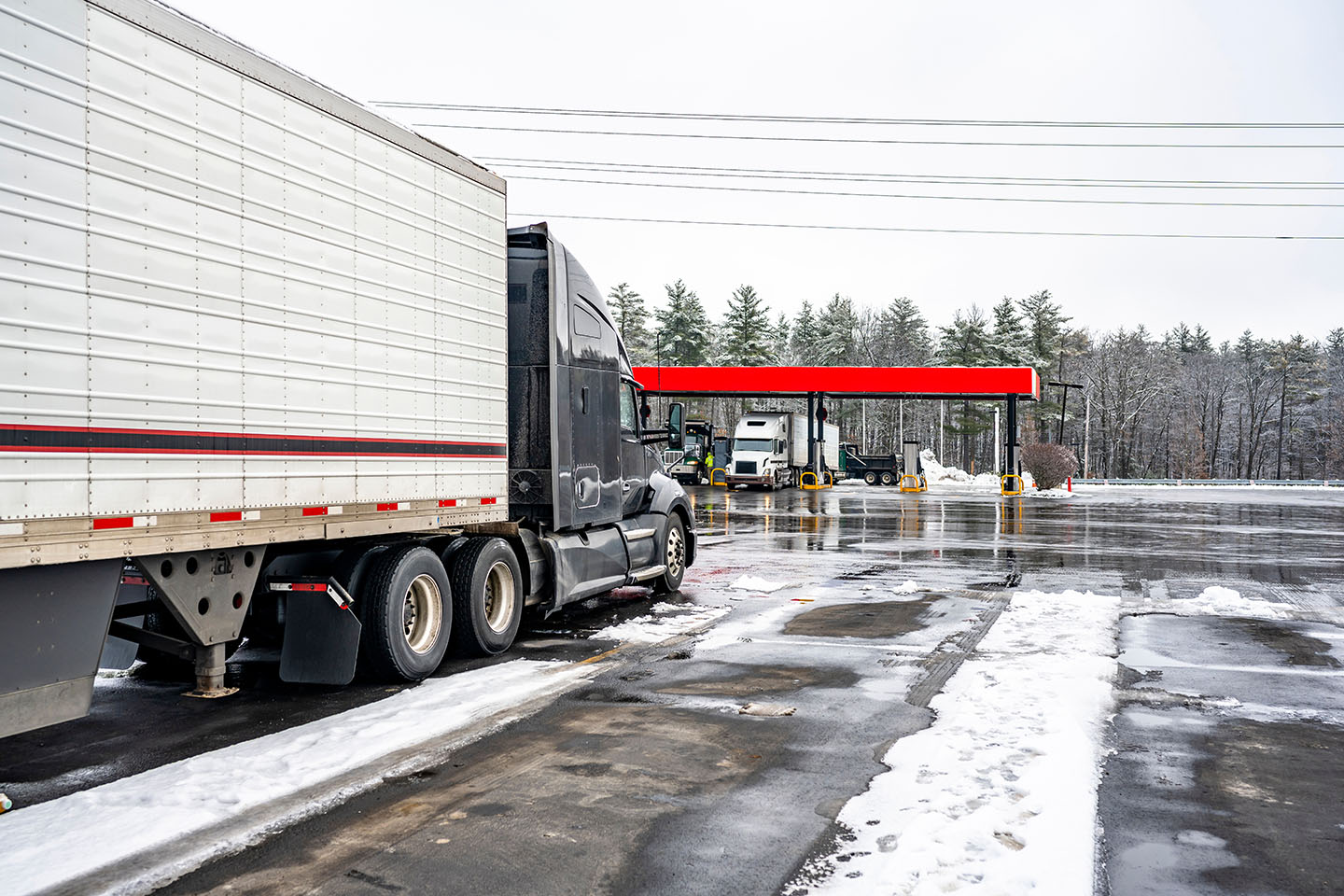What Is a Cold Start?
Jan 27th 2023

If you try to start up your diesel truck in the dead of winter, you might notice that it takes the engine a little longer to warm up than usual. This is what’s known as a cold start, but all those frigid wake-up calls to the engine can damage it over time. The fluids in the engine won’t reach the proper temperature, which can damage key components under the hood, thus reducing the vehicle’s reliability. Learn how many miles a diesel engine will last and the various factors that can affect its reliability.
Cold Start Explained
A cold start is technically any attempt to start a vehicle’s engine outside of its normal operating temperature. Check the owner’s manual to find out what constitutes a cold start based on the ideal temperature range. The cold air in the winter makes it harder for the fluids in the engine to reach the proper temperature.
Ideally, the oil in the engine should be between 210 to 225 degrees F. If the oil fails to reach the ideal range when the engine starts up, it is a cold start. Experience tells us that it’s around five times harder to start an engine when it’s below 0 degrees F outside than it is in the summer.

What Does a Cold Start Do to a Diesel Engine?
The oil is tasked with lubricating key parts of the engine, including the fuel injectors, turbochargers, and other mechanical parts that keep the engine going strong. The oil won’t reach these parts right away when you start the engine. The oil becomes thick when it is below freezing outside, so it usually takes up to five minutes for it to get where it needs to go on a cold start. That’s why it’s best to idle the engine for several minutes.
The coolant in your engine will need time to warm up as well or it won’t be able to prevent the engine from overheating. The exhaust gas recirculation (EGR) cooler is used to reduce the temperature of the exhaust gas, which prevents nitrogen dioxide from leaking into the air. Letting the engine idle for several minutes should be enough to get the coolant moving.
If the oil fails to move through the necessary channels, it won’t be able to lubricate the various parts and components that keep the engine running. You run the risk of damaging the turbocharger, including the hoses, gaskets, seals, and diesel fuel injectors, which can lead to costly repairs. Metal parts will start to rub against each other, which creates friction. Over time, the excess friction will eventually wear away the metal siding until it breaks apart. Shop for replacement diesel truck parts online to fix damaged components before they turn into major headaches.
How to Protect Your Diesel Engine in the Winter
It’s best to come up with a cold start routine when starting your truck on colder days. Add a series of maintenance chores to your to-do list to ward off the worst of winter. In addition to idling the engine, consider using a winter fuel blend that’s more resistant to cold temperatures than normal diesel fuel. The water in the fuel will be less likely to freeze, reducing condensation in the fuel tank.
Be sure to drain out any excess water from the fuel separator regularly to keep it from icing over. Do your best to fill up the tank at the end of every shift to reduce the amount of cold air in the tank. Use a lighter engine oil that won’t lose its viscosity in the winter. Check the coolant temperature when starting up to make sure it can reach the EGR cooler. It needs to be at least 70 degrees F to do its job.

Glow plugs warm incoming air and fuel in a diesel engine to make sure it burns properly. Consider replacing your glow plugs before the worst of winter arrives to keep the fuel system free of ash and soot leftover from unburnt fuel. Keep an engine heater block on hand to keep the internal parts warm at night. This will come in handy when the temperature drops below -15 degrees F and you still need to get to work.
A little bit of maintenance goes a long way in the winter. A cold start can wreak havoc on your vehicle if you’re not prepared. Keep these tips in mind to avoid damaging your ride when the temperature starts to drop.
